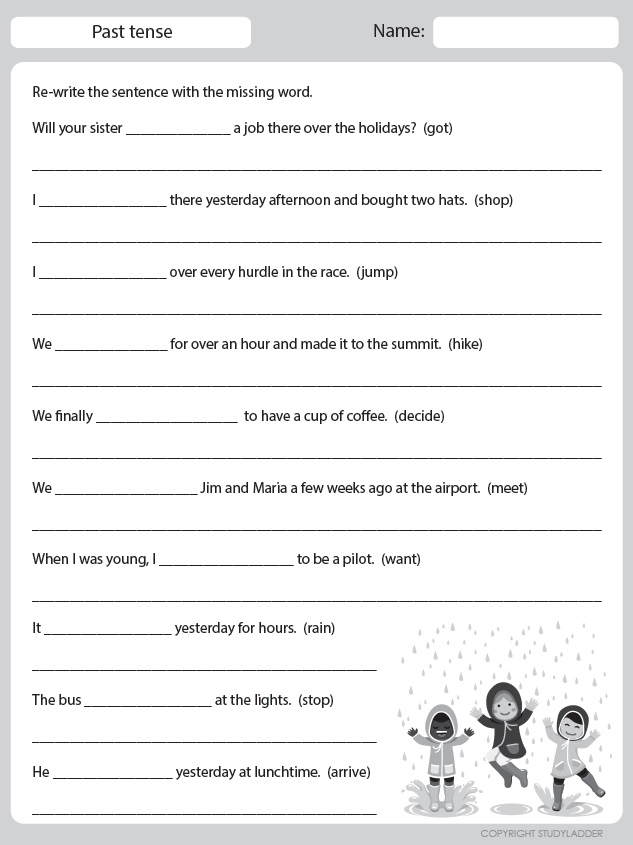
I wish there were a simpler answer, but I hope that helps you make sense of things, at least. And, just like before, often the context will make it clear, as what has been said before usually makes it clear whether we're talking about reading part of or all of a text. Again, you have to use additional words to make it completely clear. Meet verb forms Conjugation of Meet Simple / Indefinite Present Tense He/She/It meets. Though it could also indicate that I read it all if I actually did that. So if someone asked me when I read the paper and it was while I was on the bus that I had read part of the paper, I could use the sentence you ask about without indicating that I read it all. I can't speak for everyone, but in general I think most people wouldn't say that 'reading the paper' means one reads the whole thing - it's different from a novel, which people generally finish (though I suspect that trend is declining). But if you really want to be clear, you generally have to use other words or expressions to specify these details, unless of course the context has made it clear.Īs for your third example, it kind of depends on what the question was. That doesn't explicitly indicate that I did not finish the book, but usually if I started and finished a book all in a given time period, I'd say 'I read a book' (or 'I finished a book') instead of 'I read'.

Taking your second example, if somebody asked me what I did yesterday (and I read a book, but neither started or finished it), I'd say 'I read' or perhaps 'I read for half an hour after lunch'.

That said, often we leave out the object when we want to focus on the activity itself. In itself, the verb 'read' doesn't clearly indicate whether we finished the text that is read it refers more to the activity itself. We can also use the past simple to refer to the present or future in hypotheses (when we imagine something). Level: intermediate Past simple and hypotheses Past simple negatives 1 GapFillDragAndDrop_MTYzMjY= Past simple negatives 2 GapFillTyping_MTYzMjc= We didn't get home until very late last night. We use didn't ( did not) to make negativeswith the past simple: Who wrote Don Quixote? Past simple questions 1 ReorderingHorizontal_MTYzMjQ= Past simple questions 2 GapFillTyping_MTYzMjU= We use did to make questions with the past simple:ĭid she play tennis when she was younger?īut questions with who often don't use did: Past simple 1 GapFillTyping_MTYzMjI= Past simple 2 GapFillTyping_MTYzMjM= Past simple questions and negatives
#Meet past tense grammar plus#
In English, interrogative sentences in the Past Simple (excluding questions where the wh- word is the subject) are constructed using the auxiliary verb 'do' in the Past tense (that is, 'did') plus the infinitive of the main verb without 'to'. But please notice that we have an interrogative sentence. Here we have another English tense, the Past Simple. So the word 'met' in 'Have we ever met?' is a Past Participle form and not past tense.

Examples After years of love for each other so much, they waited and had met last year. The Present Perfect is formed in the following way: the verb 'to have' in the Present Simple-which is either 'have' or 'has'-plus the 3rd form of the verb (Past Participle). Verb + Preposition FROM List in English V3 Past Participle If we use the ver of the meet in its V3 form, in Past Participle Tense, in the Past Tense, the verb will be used as ‘ met ’, because it is irregular and it takes had+ met. In this sentence, you don't actually have the past tense.


 0 kommentar(er)
0 kommentar(er)
